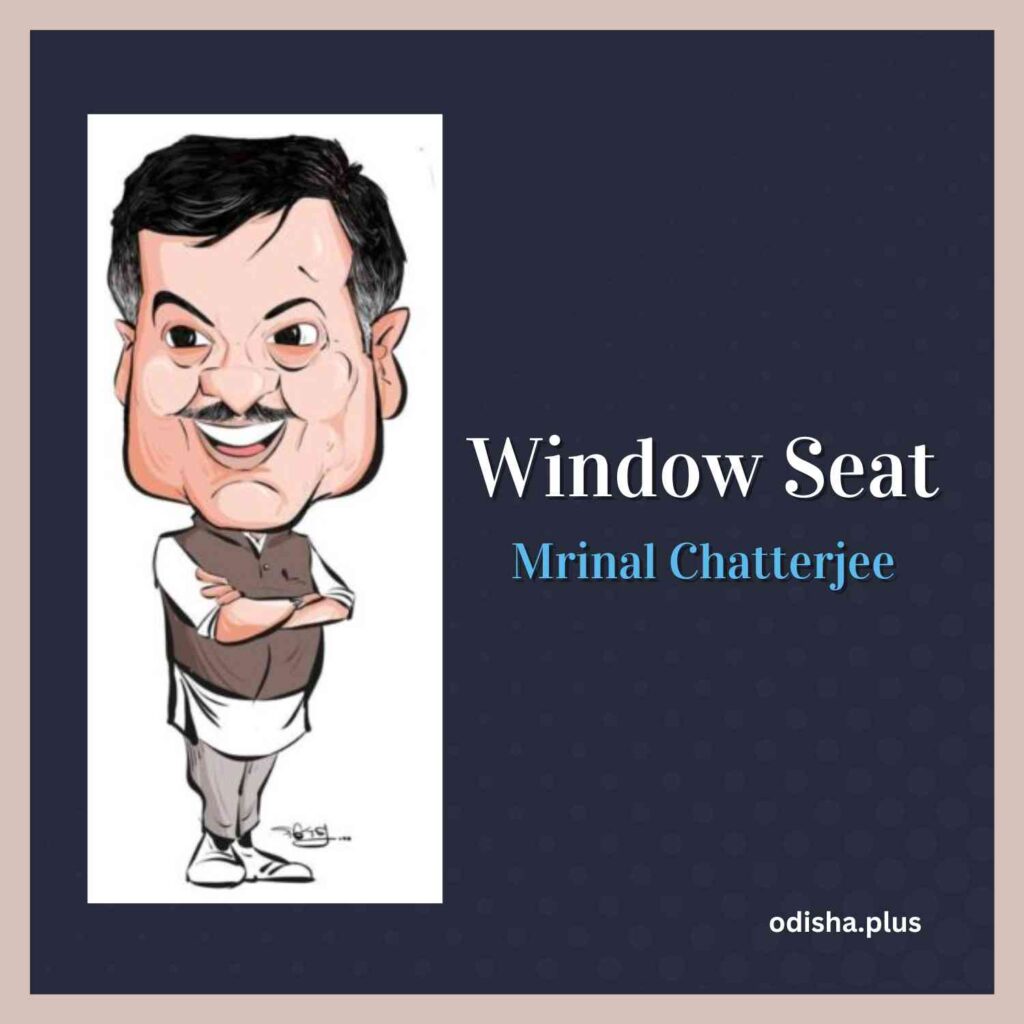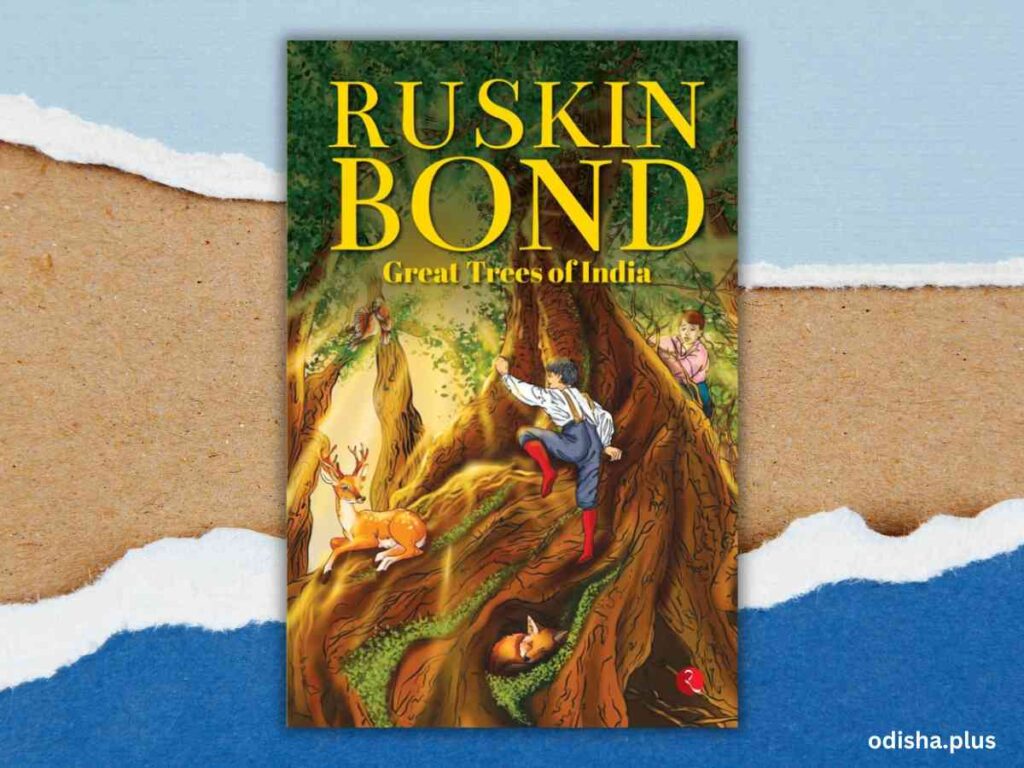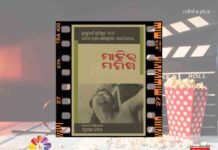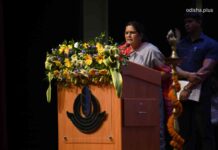The Jallianwala Bagh massacre exposed the brutality of British colonial rule, igniting widespread outrage and strengthening India’s resolve for independence
Mrinal Chatterjee

On this day of April 13 in 1919, thousands of Indians gathered at Jallianwala Bagh, a public garden in Amritsar, Punjab, to peacefully protest against the repressive Rowlatt Act and to celebrate the festival of Baisakhi. Unbeknownst to them, their assembly would become a scene of horrific violence. The Jallianwala Bagh massacre, also known as the Amritsar massacre, stands as one of the most tragic and defining moments in India’s struggle for independence.
Brigadier General Reginald Dyer, perceiving the gathering as a threat to British authority, ordered his troops to block the garden’s only narrow exit and open fire on the unarmed crowd. Without warning, soldiers fired over 1,600 rounds into the dense throng for about ten minutes, killing at least 379 people and injuring over a thousand, according to official British records. Indian estimates suggest the numbers were much higher.
The massacre sent shockwaves across India and the world. It marked a turning point in the Indian independence movement, fueling widespread outrage and galvanizing nationalist sentiments. Rabindranath Tagore renounced his knighthood in protest. Prominent freedom fighters intensified their demand for complete independence.
The British government, while conducting an inquiry through the Hunter Commission, only mildly censured General Dyer, which further deepened Indian resentment. The incident exposed the brutal nature of colonial rule and undermined the moral authority of the British Empire.
Today, the Jallianwala Bagh stands as a national memorial in honor of those who lost their lives.
Chaava
Chaava (which means lion’s cub), a historical film starring Vicky Kaushal and directed by Laxman Utekar has raised some questions about films loosely based on the lives of personalities. Chhaava, is based on Marathi author Shivaji Sawant’s novel of the same name, on Sambhaji Bhosale, the eldest son of Chhatrapati Shivaji. Published in 1980 it has taken a lot of artistic liberty – as biographical novels often do. Many incidents in the book and in the film are not exactly true to history.
Shivaji Sawant (1940-2002) was an acclaimed novelist and dramatist in the Marathi language. He is known as Mrutyunjaykaar for writing the famous Marathi novel – Mrutyunjay, his other noted works are Chhava and Yugandhar. He was the first Marathi writer to be awarded with the Moortidevi Award, given by the Bharatiya Jnanpith in 1994.
Watch Chaava (or for that matter most biographical novels or biopics) as a work of art, not as a historical document.
Great Trees of India
From the banyans of the plains to the deodars of the hills and the mangroves of the coasts, the trees of India are the soul of our land and its people. Our memories and myths, our songs and superstitions—our land’s trees are an inextricable part of all of them.

Rupa Publications has just announced the publication of a book titled ‘Great Trees of India’ by the master storyteller Ruskin Bond, known for his magical prose.
It contains a selection of stories that are Ruskin Bond’s love letters to the trees that give this country its unique character. Read this book. Let the master storyteller’s sensitive and warm prose transport you to your childhood of dreams.
Sleep
According to the Sleep Foundation, more than one-third of adults in the US sleep less than seven hours per night. I guess, almost the same is the situation in India.
According to research, people who sleep less than seven hours a night may have more health issues than those who sleep seven or more hours. Lack of sleep may also increase the likelihood of weight gain.
Before Thomas Alva Edison invented the electric bulb in 1879, most people used to sleep 10 hours each night. Now, television and mobile phones keep us awake till late into the night.
36 Years of Cartooning…
Balangir, Odisha based Aswini and Abani Rath are two brothers. They are probably the first brother-duo to draw cartoons together in the world. And they have been doing it for the last 36 years. Their cryptic signatures ‘ASABTOONS’ have also evolved from cushy local crawling to roomy global galloping. They have won several national and international awards for their cartoons, besides finding space in cartoon exhibitions around the country.
Tailpiece: Q & A
Question: Where do idlis go to get drunk?
Answer: SAM-BAR.
(Courtesy: Social Media)
(The author is Regional Director Indian Institute of Mass Communication, IIMC Dhenkanal. Views expressed are personal.)

























